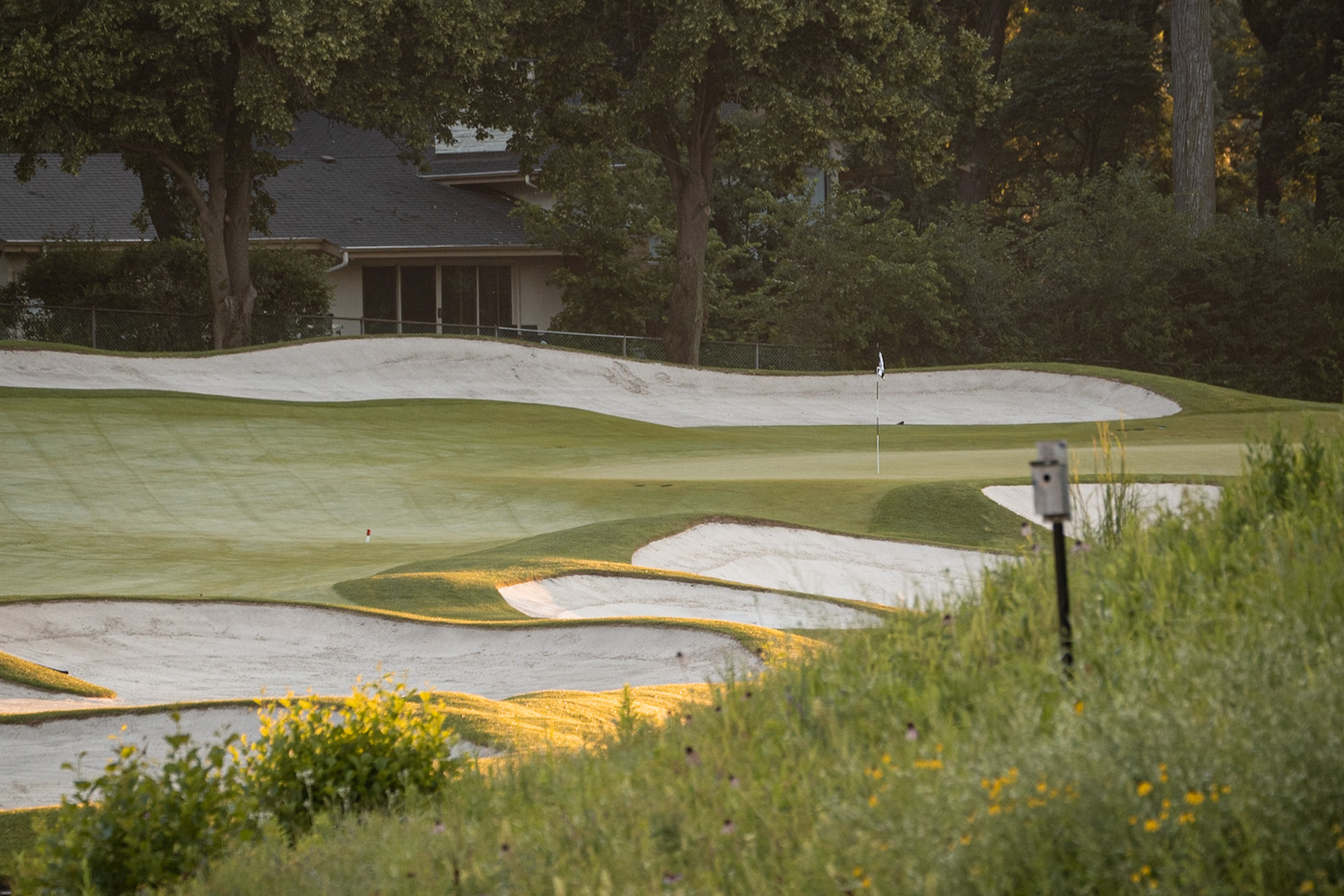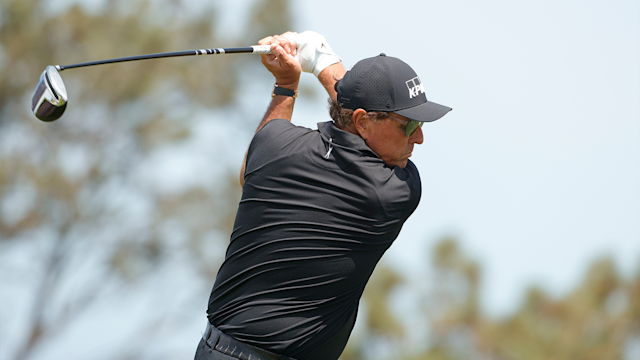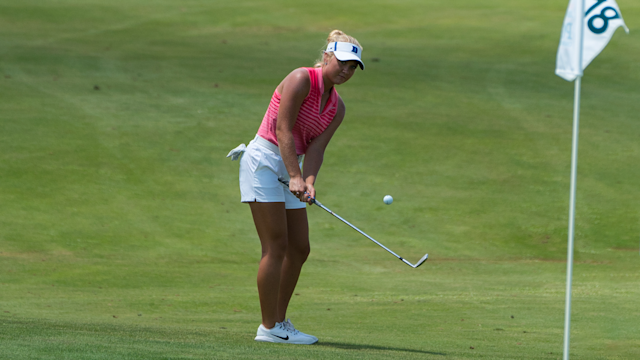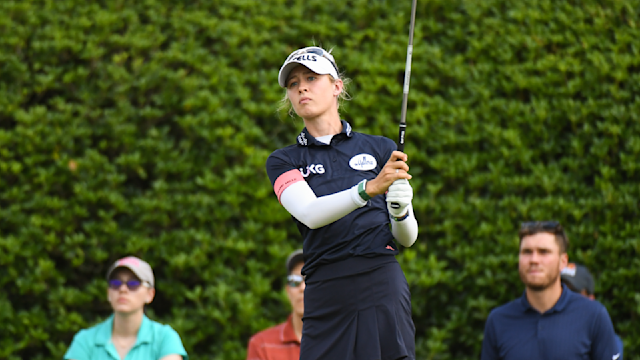quick coaching
3 Keys to Successfully Manage the Challenge of the Dogleg
By Keith Stewart, PGA
Published on

Braedon Fox, PGA / Assistant Professional, Butterfield Country Club
More than half of the Par 4’s and 5’s at the Summit Club possess a dogleg bend. A dogleg hole in golf is a very common design feature. It challenges our sightlines and alignment. Some of the greatest holes in the world are famous doglegs, including the 13th at Augusta National and the 8th at Pebble Beach to name a couple.
You can have all the skills in the world with a club in your hand, but it’s all for nothing if you don’t have the ability to manage the course. In the case of the dogleg, here’s 3 key factors to follow for success.
1. Which way does it turn?
Pick a club that best fits your landing area.
This is a key consideration when determining how to play the hole successfully. Let’s say the hole bends away from the golfer. (If you are right-handed, this specific dogleg would bend from left to right.) The inside of the elbow is the biggest area to avoid in this situation. Unless there’s a penalty area or out of bounds to the outside of the turn or you've suddenly turned into Bryson DeChambeau on No. 5 at The Ryder Cup [see below], stay away from cutting the corner. The safest and most consistent play is to aim for the outside of the turn.
If you don’t have trees in the way, a nice high draw works great bending the ball flight back to the largest landing area. It goes against what we see, but that’s the architect’s trick. If trees force your ball flight, maybe a driver isn’t the best choice from the tee.
2. Pay attention to visual cues
Look from above, find your spot and swing confidently knowing it’s there.
Trees, bunkers, mounds, and creeks are all design features meant to collect our attention. Often, they will be placed in such a way to align our focus toward a specific path. When playing a dogleg, imagine you are playing the hole from above. Check the scorecard and see if there’s an overhead layout of each hole or the whole course.
When looking at ground level you cannot get the complete picture. By looking at a bird’s-eye view, you will see your safe landing zone. It might be hidden by the turning fairway or extra design elements.
3. Check those toes
Make sure your alignment is correct! When practicing on the range or course always lie down a club or stick to double check.
One of the most fundamental tests in golf is aligning ourselves for each shot. If the hole bends across the golfer (right to left hole for a right-handed golfer) be careful not to get closed (aimed too far right). One of the most difficult things to do in golf is to aim at a target toward our backside. We almost always end up closed to the target and hit blocks and hooks.
Conversely, when the target is to our front side, we remain too open. Wary of getting too closed, we tend to pull our alignment more open by trying to aim straighter in our mind.
It’s amazing how much a little bend in a fairway can cause issues. Pay attention to your intentions and try to follow these three keys.
Keith Stewart is a 5-time award-winning PGA Professional with 25 years of experience in the golf industry. His network of players, coaches and insiders provide him with a unique perspective on the game. He's a writer on PGA.com and host of the ProShow on ESPN 920 AM Friday afternoons at 3:00pm EDT. Check out his PGA Coaching articles archived here or his conversations on air with this link to his website The ProShow.


